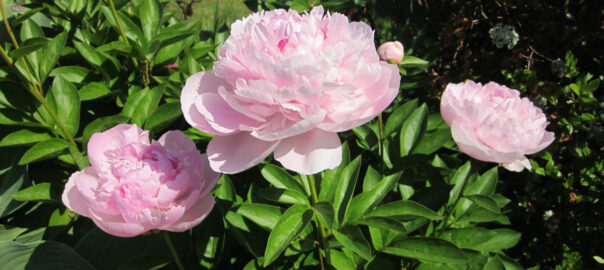Peonies are known for their large, fragrant blooms and have a rich history. They have been cultivated for more than 1,000 years. They come in various colors except blue, and with proper care plants can live for more than 100 years. There are thousands of different peony varieties, with some boasting blooms up to 10 … Continue reading It’s Peony Time





